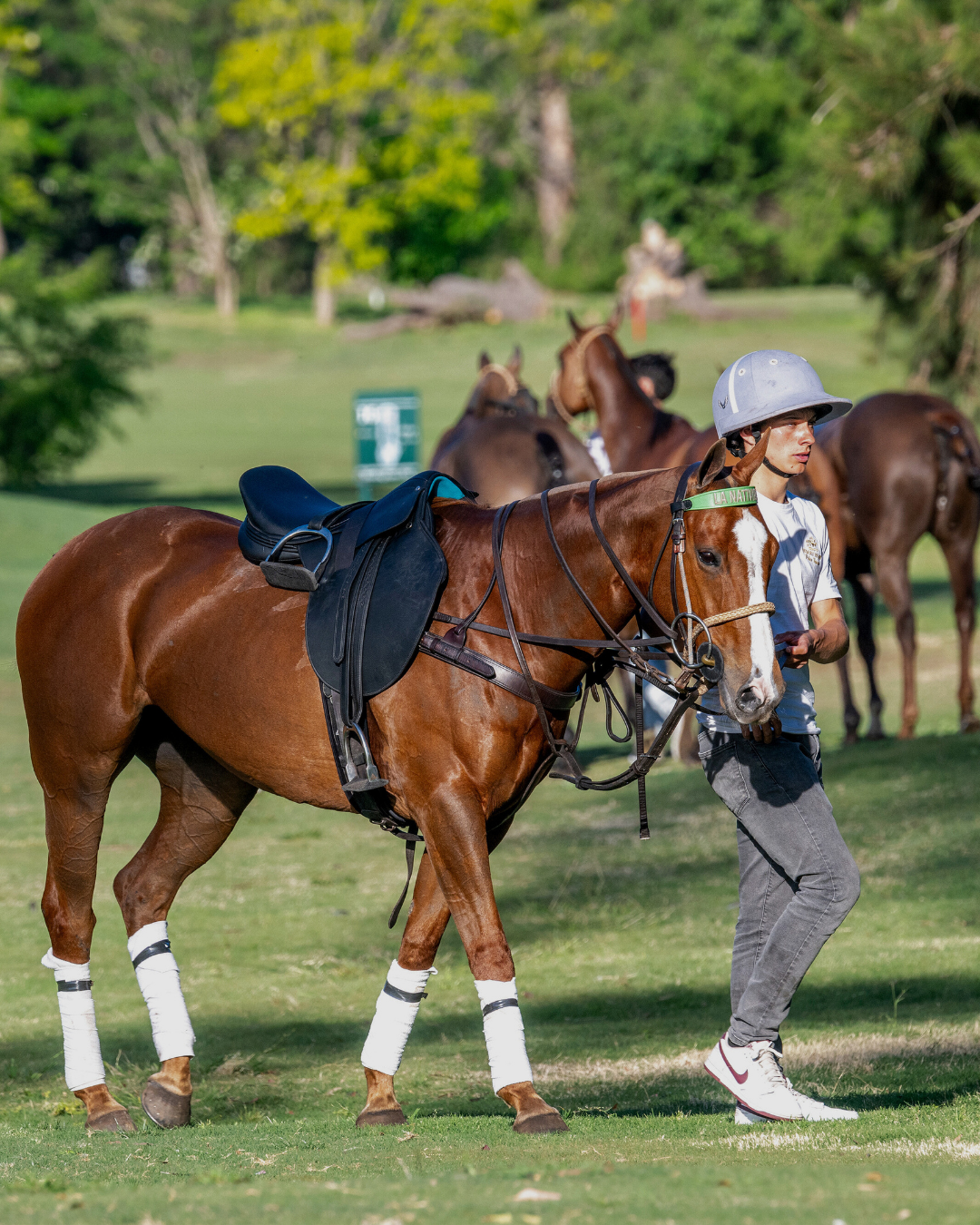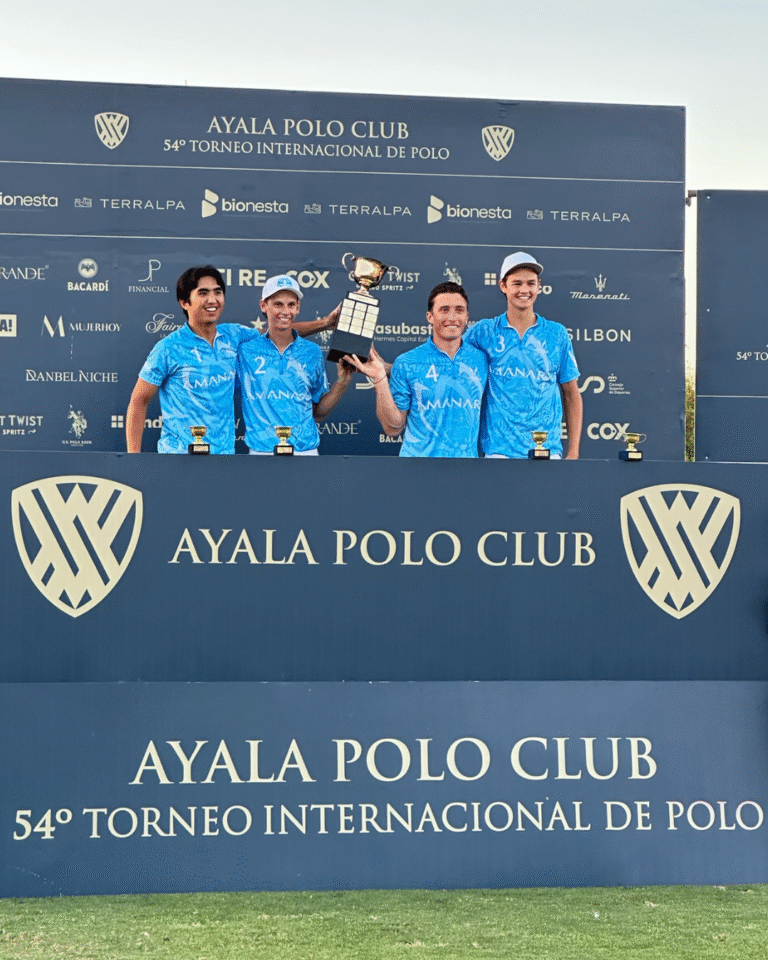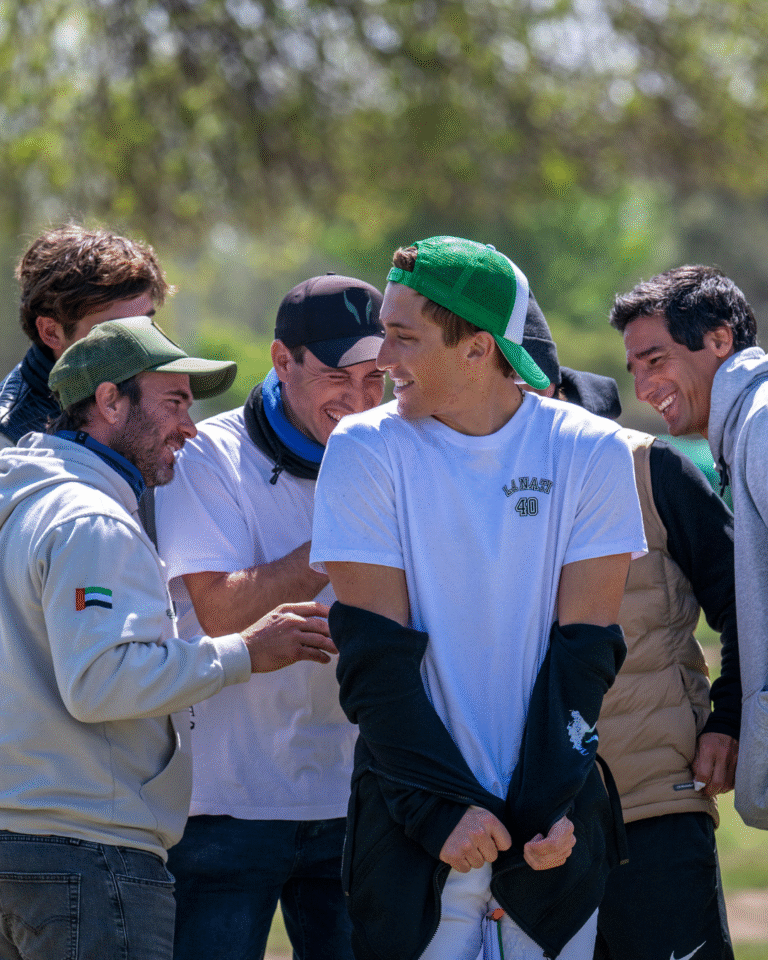The term “polo pony” is a historical misnomer. In reality, polo horses are full-sized, powerful, and agile athletes bred specifically for the sport. In a game where speed and precision define the difference between victory and defeat, the quality of a horse can elevate a player’s performance or limit even the most skilled rider. Just as a Formula 1 driver relies on the capabilities of their car, a polo player depends on the abilities of their horse. In modern polo, the fusion of speed, endurance, and agility is as crucial as a player’s skill with the mallet.
A Legacy Rooted in Argentina
Today’s elite polo horses are the result of more than a century of selective breeding. To understand the evolution of the modern polo horse, one must look back to the origins of equine life in Argentina. When the first Spanish settlers arrived in Buenos Aires in 1536, their horses—of Andalusian and Berber descent—eventually roamed freely, adapting to the harsh conditions of the Pampas. These horses became the foundation of the Criollo breed, renowned for its resilience, stamina, and adaptability.
However, as the sport of polo developed, so did the demands placed on the horses. Top players sought greater speed to outmaneuver their opponents and reach the ball faster. Thoroughbred racehorses offered this advantage, leading breeders to introduce Thoroughbred bloodlines into polo breeding programs. The result was a faster, more athletic horse, but often at the cost of maneuverability.
The Evolution of Polo Horse Breeding
A pivotal change in polo came with the adjustment of height regulations for polo horses. Initially capped at 142 cm, later raised to 147 cm, the standard now hovers around 156 cm—an ideal height aligning more closely with Thoroughbreds than mixed breeds. The best polo horses today, such as those bred at Cría Chalo, the renowned breeding operation linked to La Natividad Polo, are carefully selected for their speed, agility, and temperament.
Thoroughbreds, typically weighing between 400 and 500 kilograms, possess powerful musculature and high energy levels. Their natural speed makes them exceptional in polo, but they require skilled riders to harness their power effectively. In Argentina, the Asociación Argentina de Criadores de Caballos de Polo records the birth of approximately 3,000 foals each year. The top horses begin competing around the age of five and can continue playing at the highest level until 12 or even 15 years old.
Why Mares Dominate Polo
The majority of top-tier polo horses are mares rather than geldings. Many breeders and players, including the legendary Castagnola family, believe mares offer superior muscle structure and a more balanced temperament. Additionally, mares provide an economic advantage to breeding programs, as they contribute directly to the continuation of elite bloodlines. Players involved in breeding, like Camilo “Jeta” Castagnola and Bartolomé “Lolo” Castagnola, often sell male foals while keeping high-quality mares to sustain their breeding operations.
Training and Longevity in the Sport
The training of a polo horse typically begins at the age of three, lasting between six months to two years. By five years old, they reach full physical maturity and are considered ready for the demands of high-level competition. Their prime years extend from ages six to seven, but with proper care, some continue playing until they are 18 to 20 years old. Given the intensity of the sport, players must rotate horses frequently during matches. In a lower-level game, a player may use two or three horses, allowing each one to rest for at least one chukker. At the highest levels of competition, such as the Argentine Open, top players often require one horse per chukker to maintain peak performance.
The Future of Polo Horses at La Natividad
With advancements in breeding techniques, including cloning, La Natividad Polo and Cría Chalo continue to refine the quality of their horses. Breeding champions requires a meticulous balance of genetics, training, and management, ensuring that the legacy of elite polo horses, like those of the Castagnola family, continues for generations.
The polo horse is more than just an athlete; it is a key player in the game, embodying speed, power, and intelligence. Through continuous innovation and dedication, Argentina remains the pinnacle of polo horse breeding, shaping the future of the sport worldwide.



